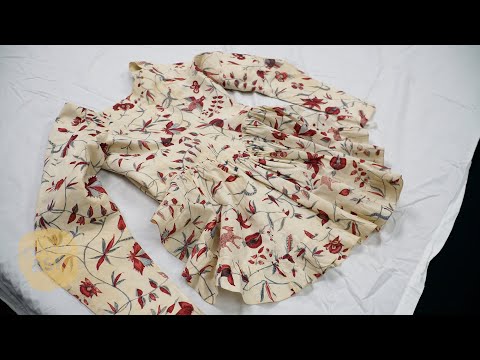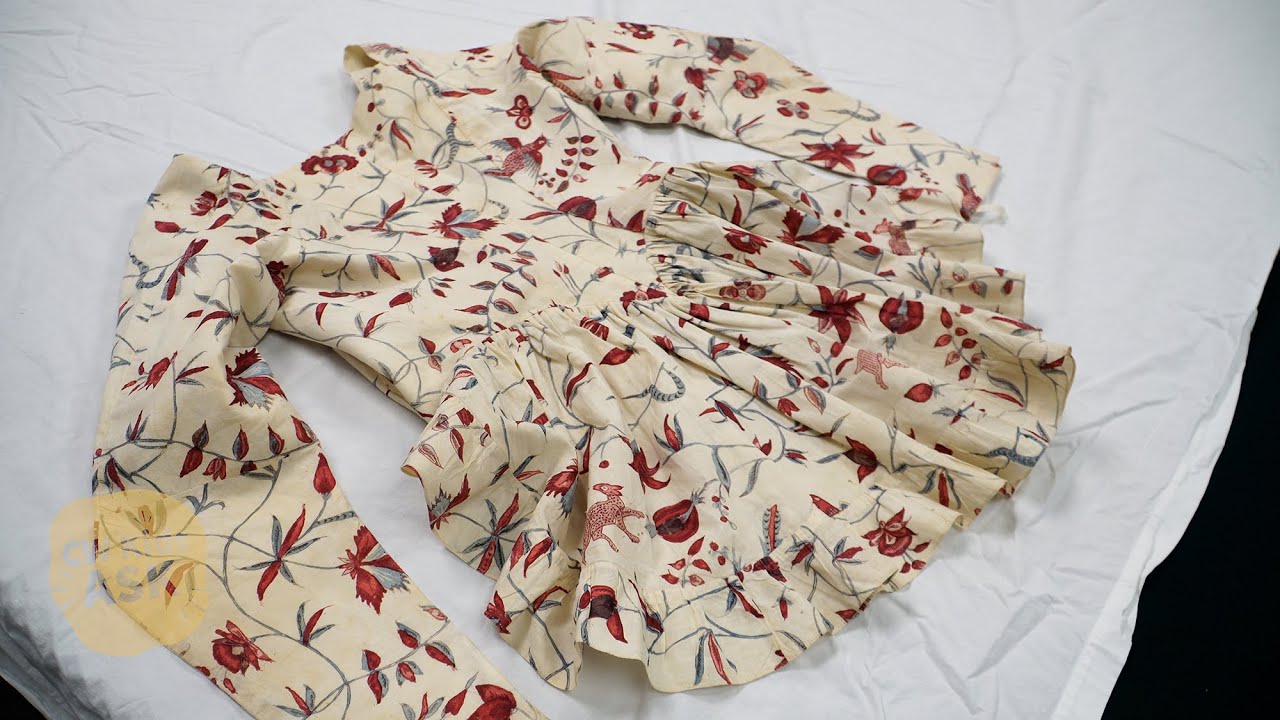Step back in time and experience the exquisite beauty of Colonial Williamsburg fabric. Immerse yourself in the rich heritage and historical charm of this unique collection, meticulously crafted to transport you to an era of elegance and sophistication. Colonial Williamsburg fabric captures the essence of 18th-century America, with its intricate designs and authentic patterns that pay homage to the past. From the luscious silk brocades to the delicate floral prints, each piece tells a story of the artisans who painstakingly weave the fabric by hand, ensuring every detail is a testament to their artistry. Whether you are adorning your home with draperies that exude regal grandeur or dressing in garments that evoke the grace and refinement of yesteryears, Colonial Williamsburg fabric effortlessly merges history with contemporary style. Its timeless appeal adds a touch of nostalgia to any setting, inviting you to revel in the splendor of a bygone era. Discover the allure of Colonial Williamsburg fabric and allow it to whisk you away on a journey through time, where the echoes of the past harmonize with the present.

Exploring the Rich History of Colonial Williamsburg Fabric
Colonial Williamsburg is a living history museum located in Virginia, USA, where visitors can step back in time to experience the sights, sounds, and even the fabrics of the colonial era. The fabric used during this time period played a significant role in the lives of colonial Americans, and studying it provides a fascinating window into their world. In this article, we will delve into the history of Colonial Williamsburg fabric and uncover its importance in colonial life.
The Significance of Fabric in Colonial Williamsburg
Fabric was not just a material used for clothing in colonial times; it was a symbol of social status, wealth, and identity. The fabrics worn by the colonists reflected their occupation, social class, and even their religious beliefs. From the simple homespun cloth worn by the lower classes to the elegant silks and brocades of the wealthy, fabric was a vital aspect of colonial life.
The Influence of European Styles
Colonial Williamsburg was heavily influenced by the styles and trends of Europe, particularly England. The colonists looked to Europe for inspiration when it came to fabric selection, and many fabrics were imported from England. Textile patterns such as damasks, chintzes, and calicoes were highly sought after and were seen as a sign of affluence.
The Role of Women in Fabric Production
In colonial America, women played a crucial role in fabric production. They were responsible for spinning, weaving, and sewing the fabric used by their families. The textile industry was primarily a domestic one, with women producing the majority of the cloth. This allowed them to showcase their skills and creativity while contributing to the household economy.
The Process of Fabric Production
Fabric production in colonial times was a labor-intensive process. It started with the cultivation of plants such as flax and cotton, which were then harvested to obtain fibers. These fibers were spun into yarn using spinning wheels, and the yarn was then woven into fabric on looms. The fabric was often dyed using natural dyes made from plants and minerals, adding vibrant colors to the finished product.
Popular Fabrics in Colonial Williamsburg
Several fabrics were popular during the colonial era in Williamsburg. Linen, made from flax fibers, was widely used for everyday clothing. It was durable and breathable, making it suitable for the hot and humid climate of Virginia. Wool was another common fabric, especially during the colder months, as it provided warmth and insulation. Silk, although expensive, was favored by the wealthy for its luxurious feel and appearance.
Printed fabrics, known as calicoes, gained popularity in the mid-18th century. These colorful fabrics, often featuring floral or geometric patterns, added a touch of elegance to clothing and home furnishings. Chintzes, with their vibrant colors and intricate designs, were also in high demand.
In conclusion, fabric played a significant role in colonial life, and studying the fabrics of Colonial Williamsburg provides valuable insights into the culture and society of the time. From the influence of European styles to the labor-intensive process of fabric production, every aspect of fabric in colonial times tells a story. The fabrics used in Colonial Williamsburg continue to captivate visitors today, offering a glimpse into the rich history of one of America’s most important periods.
“Fashionably Educated: Unlocking Knowledge through Clothing”
Video Source : Colonial Williamsburg
List of Colonial Williamsburg Fabrics
Colonial Williamsburg Fabric
| Fabric Type | Origin | Characteristics |
|---|---|---|
| Chintz | England | Chintz fabric, known for its vibrant floral patterns, was a popular choice in colonial Williamsburg. It was primarily imported from England and often used for draperies, upholstery, and bed hangings. The delicate motifs and bright colors of chintz added an elegant touch to the interiors of the time. |
| Toile | France | Toile de Jouy, commonly referred to as toile, was a sought-after fabric during the colonial era. Originating from France, toile featured intricate scenes or patterns, often depicting pastoral or historic themes. It was used for upholstery, bedding, and curtains, adding a touch of sophistication and narrative to the spaces in colonial Williamsburg. |
| Linsey-Woolsey | England/Colonies | Linsey-woolsey was a popular fabric choice among the colonists in Williamsburg due to its versatility and affordability. It was a blend of linen and wool fibers, providing durability and warmth. Linsey-woolsey was commonly used for garments, bed linens, and household textiles, adding a touch of rustic charm to the colonial interiors. |
| Brocade | France/England | Brocade, a luxurious fabric woven with raised patterns, was highly prized in colonial Williamsburg. It was often imported from France or England and used for upholstery, curtains, and formal clothing. The intricate designs and metallic threads of brocade added opulence and grandeur to the interiors of wealthy households, showcasing their status and taste. |
| Homespun | Colonies | Homespun fabric, handwoven by colonists themselves, played a significant role in the textile industry of colonial Williamsburg. Made from locally sourced fibers like flax, cotton, or wool, homespun was used for a wide range of purposes, including clothing, bedding, and household items. Its rustic and durable nature reflected the self-sufficiency and resourcefulness of the colonists. |
Note: The information provided above is based on historical research and expert opinions on colonial Williamsburg fabric.

